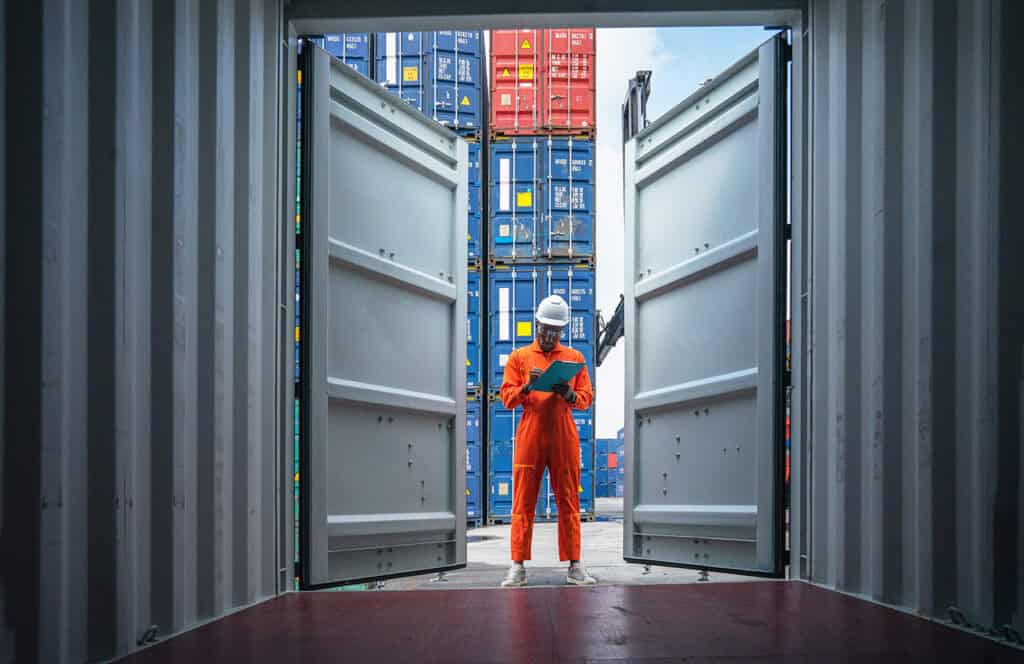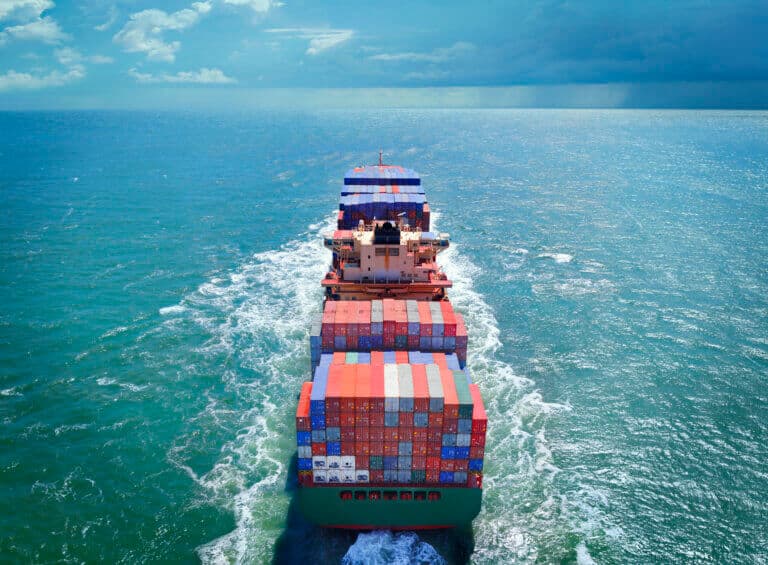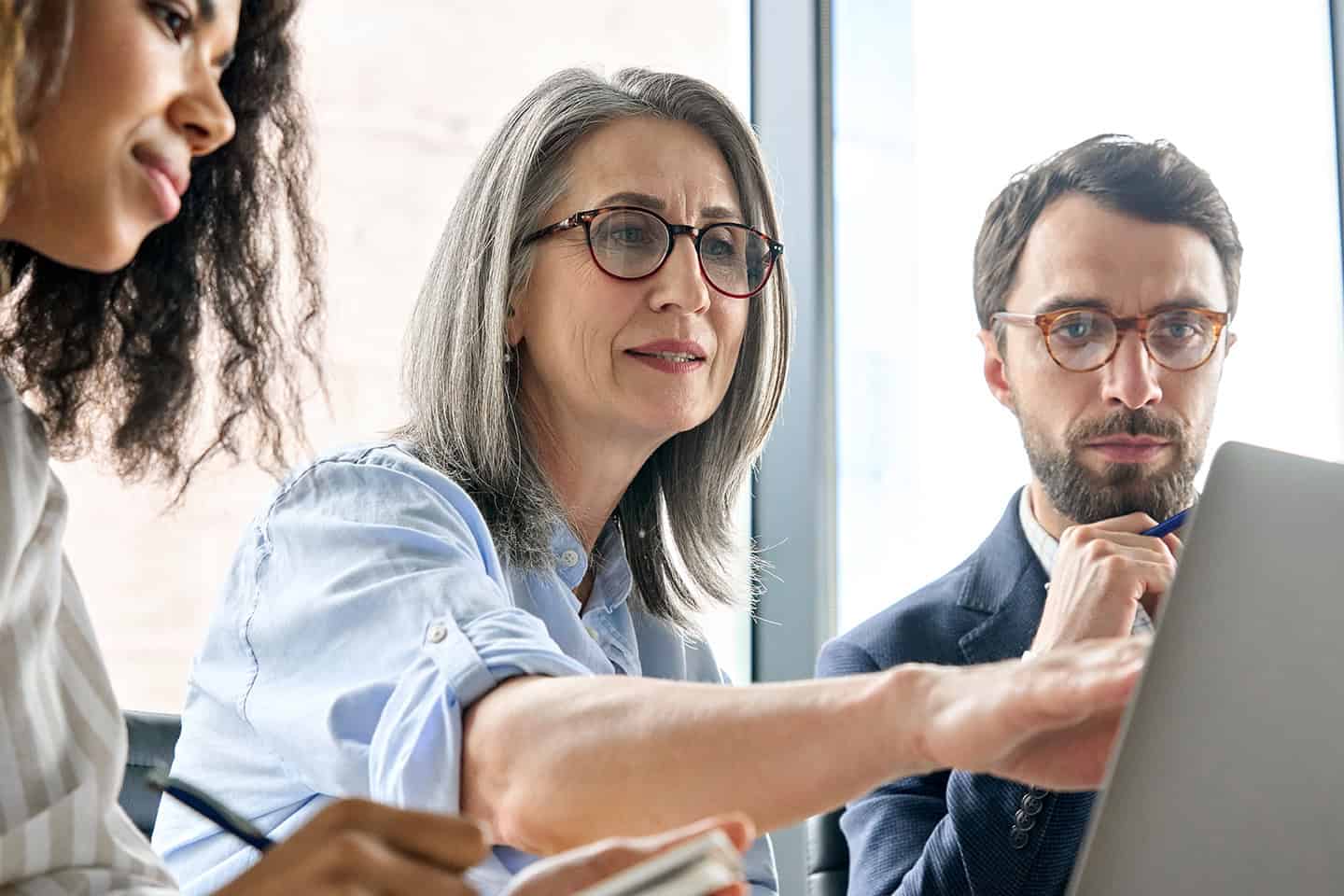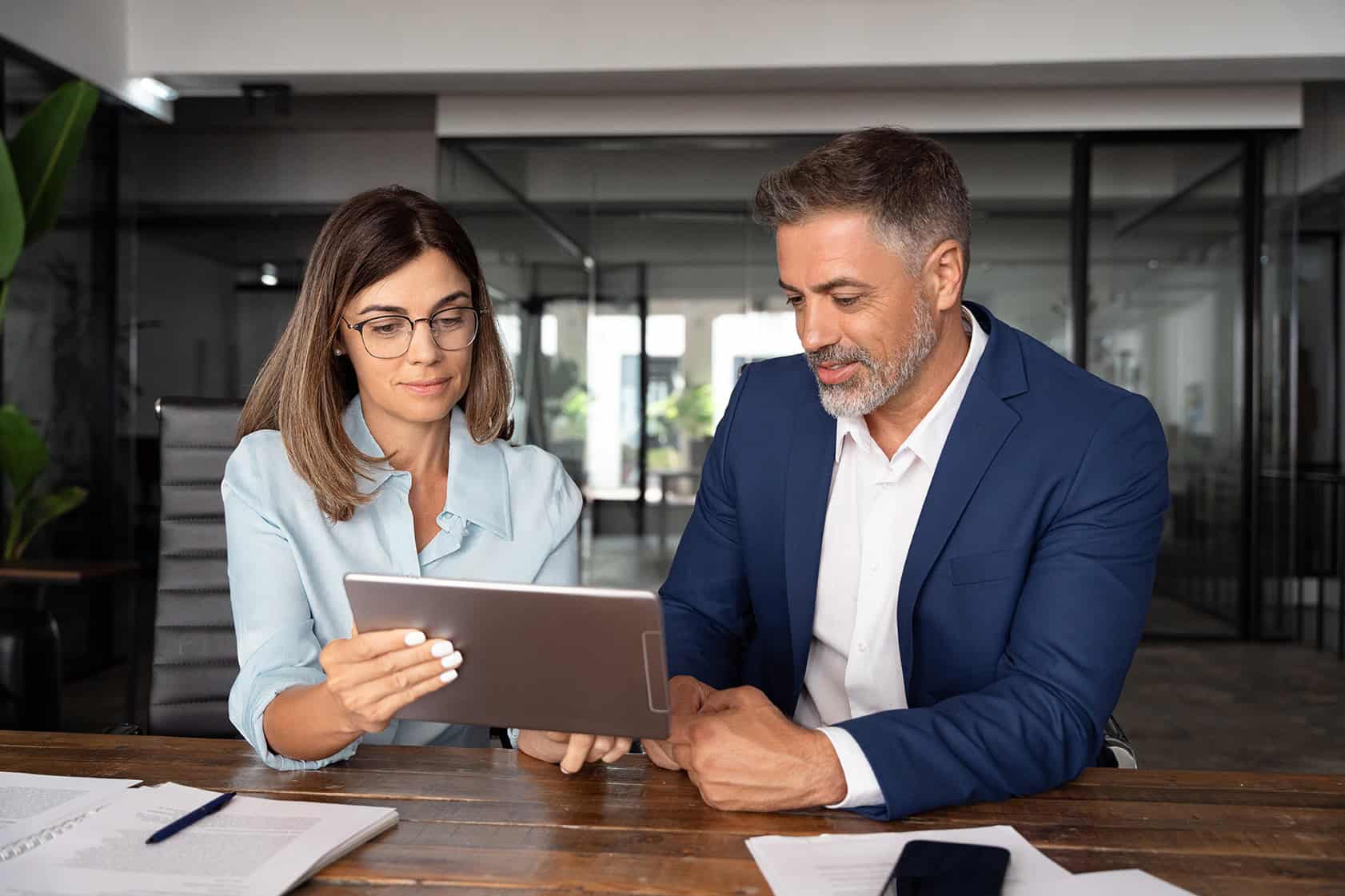
Like a Formula 1 racecar, supply chain trends move at breakneck speed. Every week, it seems like there are new regulations, geopolitical crises, climate events, or sanctions zooming by that keep you on the edge of your seat. If you blink, you’ll miss it and be left in the dust. This is why it pays to keep up with supply chain and global trade events and understand how they can impact your business.
In this two-part blog series, we’ll identify five current supply chain trends, explore their impact on sourcing, trade, and logistics, and discuss how companies can face them with the right tools.
What are the most impactful supply chain trends
Earlier this year, we hosted a webinar about industry trends with our partners at Dun & Bradstreet, including Robert Kirk, Head of Analytics Financial Institutions. During the discussion, we investigated five supply chain trends they felt were having the most impact on companies, including:
- Escalating tensions leading to escalating challenges
- Uncontrollable constraints
- Sustainable and responsible practices
- The role of artificial intelligence (AI) in the supply chain
Even positive trends – such as an increased focus on sustainability or the introduction of new technology – often leave supply chain leaders at the back of the pack. To avoid scrambling to keep up, it helps to know how these trends affect operations downstream and develop contingencies to avoid or mitigate any resulting interruptions.
Connected technology plays a crucial role in how companies prepare for and mitigate the effects of these trends – and in some cases, how they can even uncover new opportunities for growth.
Escalating tensions lead to escalating logistics challenges
Suez Canal blockage
In 2021, the world witnessed the importance of small, connective waterways when the cargo ship Ever Given got stuck in the Suez Canal. The canal handles over a fifth of containerized shipping traffic, and the interruption resulted in billions of dollars in lost trade. Ships had to be rerouted around the Cape of Good Hope, adding 10 to 14 extra days and increasing fuel costs, spoilage of perishables, and further delays down the supply chain.
The Hamas war
Three years on, we are faced with the war between Israel and Palestine and the subsequent attacks on Red Sea cargo ships by Yemen-based Houthi rebels. Despite being limited to a small geographical area, this escalating tension once again changed our ability to move products around the globe. We’ve seen two major supply chain disruptions as a result: 1) a change in overall shipping patterns and the routes used, and 2) a functional change in the markets that are receiving goods.
Tension in the Red Sea
Did you know that more than 80% of international trade comes from ocean-based containerized shipping? As a consequence of the escalating tension in the Red Sea, several key products coming out of Asia Pacific aren’t making it to their destination in European markets. These Asian suppliers now have a glut of inventory that they are looking to offload, and the immediate reaction is to find alternative markets. Just like water, commerce flows down the path of least resistance.
War on Ukraine
We’ve all heard Russia and Ukraine referred to as “the breadbasket of the world” thanks to their prominence as grain suppliers. But what is less talked about is just how interconnected the modern supply chain really is. Just like a collision on a racetrack, the impact can have an extensive chain reaction further down the supply chain on other materials, components, and regions. The wheat may be harvested in Russia and Ukraine, but the fertilizer for the crops is developed in the Middle East. This means food prices aren’t just tied to wheat prices, they’re tied to all the compounding factors that arise from when the wheat is picked for the field to the moment someone puts a hot dog into a bun.
Just the tip of the iceberg
The biggest takeaway is that one-dimensional supply chain stories make for great soundbites, but they’re just the tip of the iceberg. To reveal the true story – the down-in-the-weeds story – you need data, and you need tools. E2open and Dun & Bradstreet are collaborating on data-driven solutions that help businesses gain the real-time shipping and supply chain insights they need to better manage disruptions caused by escalating tensions.
The data analytics capabilities of Dun & Bradstreet combined with e2open’s connected software and network of over 50,000 logistics partners can provide more visibility and flexibility in times of crisis. By providing insight into tier 1 and 2 suppliers, you can determine which have been or will be negatively impacted and, in turn, determine which goods may be currently backlogged because of this incident. Access to e2open’s partner network then provides backup options when a particular supplier or partner suffers a major disruption, allowing your business to continue or resume operation with as little disruption as possible.
Uncontrollable events lead to supply constraints
Long-term predictions are difficult to make when companies are faced with uncontrollable supply constraints. While it would be nice, we don’t have a crystal ball that can foretell unexpected events, and they can have large-scale impacts on sourcing, trade, and logistics. Typically, these involve extreme weather events or infrastructure failure, such as the collapse of the Francis Scott Key bridge in Baltimore. Severe weather events or natural disasters are out of our control and carry global effects that reverberate across the entire supply chain.
On the opposite side of the planet from the Suez Canal, there’s seemingly always another canal-related crisis brewing, albeit for completely different reasons. A drought is affecting water levels at Gatun Lake, which feeds the locks of the Panama Canal and keeps traffic flowing along the quickest route between the Pacific and Atlantic oceans. By allowing ships to avoid circumventing the entire continent of South America, the canal is a significant cog in the greater global shipping mechanism, so industry professionals are keeping a close eye on the situation.
Beyond these individual incidents, there seem to be many unsettling indicators about global weather patterns. Extreme events are popping up in months where they don’t typically belong, and the severity and frequency of these events seem to be increasing. There’s a misguided belief that extreme weather or acts of God are only an issue for logistics. Shifts must also occur in sourcing, procurement, and production when there’s an extreme weather event, forcing companies to look for alternative suppliers or routes and make adjustments on the fly.
Having a strong ecosystem of proven technology and data solutions can improve the speed, efficiency, and flexibility of your reaction to natural disasters. E2open offers a host of Global Trade and Logistics solutions that increase your flexibility and agility by providing:
- Access to a large trading network to find alternative suppliers and partners
- Real-time location visibility into shipments across all modes
- An analysis of the downstream impact of delays
- Shipment booking and carrier collaboration
- Flexible delivery planning to make real-time adjustments on the fly
- Decreased freight costs
- Access to additional carrier capacity
With extreme weather events continuing to increase in frequency and ferocity, companies that need to move goods around must be prepared for any contingency. Otherwise, the impact on the supply chain could be costly at best and catastrophic at worst.
Supplier risk management and market diversification
The volatility of the market has led to two major shifts. The first is the diversification of sourcing for capabilities or products. In the past, it was clear who your provider for a particular commodity or service would be, but more and more countries have started entering the market. This has resulted in a field rich with new players, providing alternatives and flexibility. However, doing business with new players requires some background work to ensure compliance with international regulations.
Twenty years ago, it was clearer which countries might be problematic to work with from a geopolitical standpoint. Today, those lines are much less defined, depending on the market you’re in or which newspapers you read. This grey area has led to a diversification strategy called “friendly shoring,” which is the concept of using suppliers in countries with lower risk. These changes come with new realities. Perhaps switching to a new supplier means your business may have to shift from same-day delivery to next-day delivery. Or, to an even greater extreme, perhaps your entire product offering changes.
The second change is the transformation of product use, the most prominent example being semiconductors. In 2020, most of the public probably didn’t know the difference between a graphical processing unit (GPU) chip and a central processing unit (CPU) chip. However, the growth of the electronics sector has made GPU a household word. There are hundreds of new applications for semiconductors, which are used in both CPUs and GPUs, and just about any other kind of modern electronics. The growth of the semiconductor industry has been intertwined with emerging technologies, such as artificial intelligence (AI), 5G, the Internet of Things (IoT), and just about any type of digital transformation. There’s been a market change around what is being used, what is not being used, and what is critical.
In today’s volatile environment, it’s no longer enough to have visibility into just your direct suppliers. It’s important to have even deeper visibility into the supply chain with the businesses that support them. Why? Because each of those businesses has its own set of risks – weather-related geography, geopolitical uncertainty, and the regulatory and labor climate – that impact their direct suppliers. Having multi-tier supply collaboration allows businesses to improve decision-making and agility when faced with unexpected disruptions.
Supply chain agility is paramount
In many cases, emerging trends can be a good thing – for instance, when they reveal once-hidden or previously nonexistent opportunities – but sometimes they create situations that can stress supply chains or grind them to a halt altogether. These industry trends merit our constant attention, not just because of their immediate effects but also because they can help us learn how to identify and respond better to future events.
The blistering pace of change in our industry has many companies scrambling to keep up. However, “keeping up” is not how you win a race. You must find a way to get ahead of the competition, and that begins with a clear field of vision that lets you avoid an obstacle or spot a gap that your competitors haven’t. A thorough understanding of current and emerging trends – and the ability to predict how they will affect the performance of your supply chain – can help you navigate the road ahead.
Look out for part two of our trend blog series, where we discuss sustainability and AI, trends that are much more than a corporate buzzword. In the meantime, subscribe to our Global Trade Management Newsletter to stay up-to-date on GTM news.





